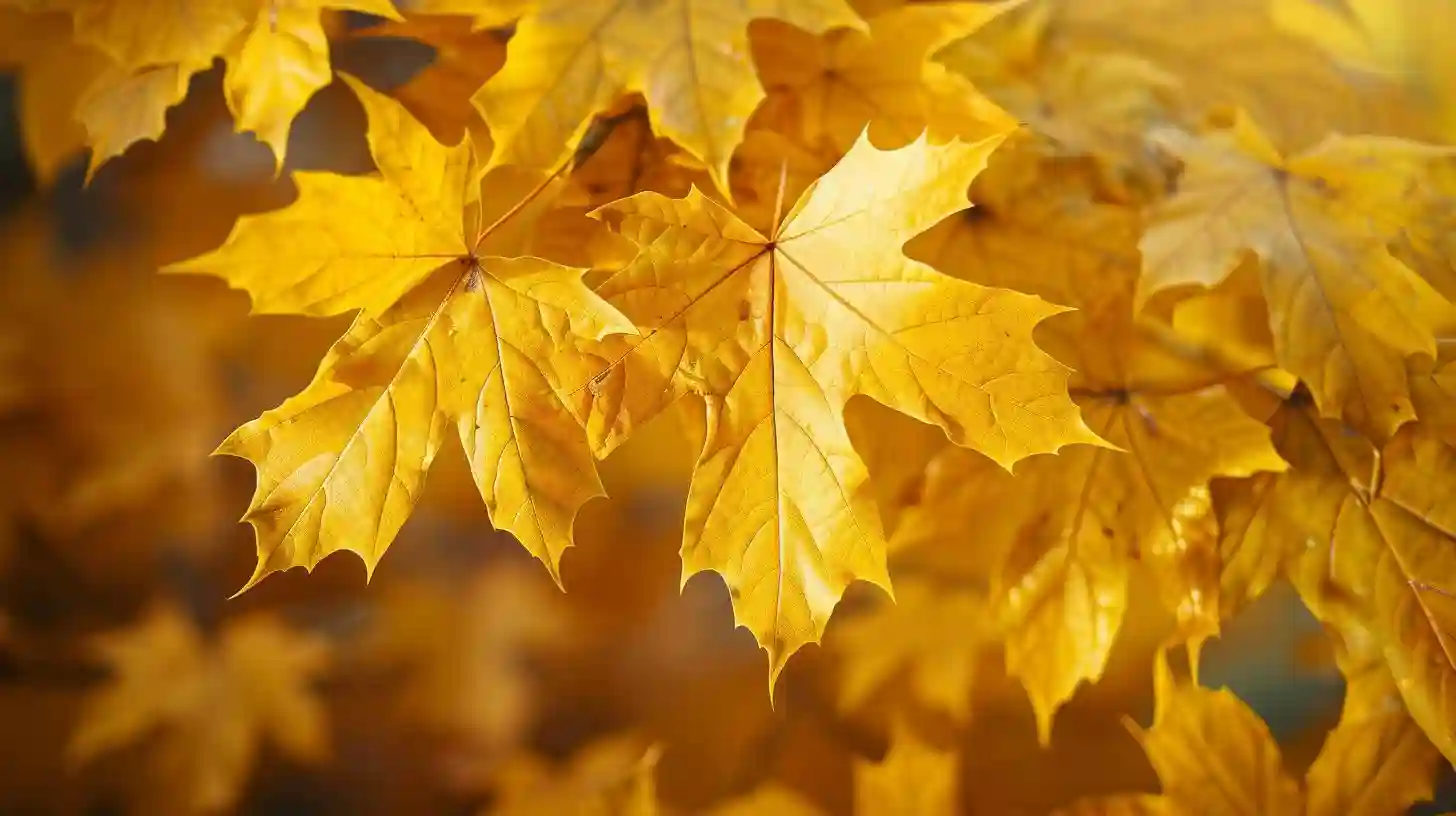
**The Enchanting World of Orchids**
Hidden within the lush greenery and vibrant colors of nature lies the captivating world of orchids, members of the Orchidaceae family. With over 25,000 species, orchids are one of the largest and most diverse families of flowering plants. They thrive globally, except in the polar extremes, showcasing remarkable adaptability across habitats ranging from tropical rainforests to arid deserts.
Orchids hold significant cultural value, symbolizing beauty, strength, and luxury. They are often given as gifts to convey deep emotions, and their intricate flower structures and vibrant colors make them sought-after in the floral industry, particularly for special occasions.
One remarkable aspect of orchids is their unique reproductive strategies. Their flowers often resemble insects or animals, evolving fascinating mechanisms to attract specific pollinators. Some orchids mimic the appearance and scent of female insects to lure males, while others have evolved intricate structures that require specific interactions with pollinators for effective pollen transfer. These relationships illustrate the wonders of evolution in action.
The life cycle of an orchid begins with a tiny seed, sometimes as small as a speck of dust. Unlike most flowering plants, orchid seeds contain minimal energy reserves and rely on ideal environmental conditions and a symbiotic relationship with mycorrhizal fungi for germination. These fungi provide essential nutrients for seedling development. Over time, the orchid matures and produces its iconic flowers, a process that may take months or even years, depending on the species and environmental conditions.
For gardening enthusiasts, orchids have become immensely popular, but cultivation comes with challenges. Each species has specific needs regarding light, temperature, humidity, and watering. Some thrive in bright, indirect light, while others prefer shadier conditions. Tropical varieties often require warm, humid environments. Proper care involves replicating natural habitats to ensure healthy growth and blooming.
A common misconception is that orchids are delicate and difficult to care for. While some species demand specific conditions, many orchids are surprisingly resilient. Phalaenopsis orchids, or moth orchids, are especially suitable for beginners due to their ability to adapt to various indoor environments. With the right care, they produce long-lasting flowers and can bloom multiple times a year.
Orchids also boast an impressive range of shapes, sizes, and colors, from miniature varieties to grand species. Their vibrant hues range from deep purples to bright yellows and vivid reds, with some featuring multicolored or patterned flowers. This variety allows plant enthusiasts to curate personal collections that reflect individual tastes.
Beyond aesthetic appeal, orchids carry cultural significance. In ancient Greece, they symbolized fertility, and in Asian cultures, they are respected as symbols of love, beauty, and refinement, often used in traditional ceremonies.
Orchids contribute to medicine as well. Compounds derived from their species are being studied for potential health benefits, including anti-inflammatory, antioxidant, and antimicrobial properties. Additionally, orchids play a crucial role in their ecosystems. Pollinators help facilitate reproduction, contributing to habitat diversity.
Conservation is vital for protecting orchid species, many of which are threatened by habitat loss, climate change, and illegal trafficking. Global organizations are raising awareness and restoring habitats while cultivating endangered species to ensure their survival.
Orchid shows and exhibitions worldwide allow enthusiasts and the public to appreciate these remarkable plants while educating on species care and conservation. As we explore the captivating realm of orchids, we not only witness natural beauty but also grasp the essential roles these plants play in our world, encouraging a commitment to biodiversity and sustainability for the future. Orchids will continue to inspire awe, celebrating the beauty and complexity of nature.
Orchids symbolize both beauty and resilience, showcasing their ability to thrive in diverse environments. Their elegance captivates admirers, while their tenacity reflects strength in adversity. With vibrant colors and unique shapes, orchids inspire appreciation for nature’s artistry and the enduring spirit of these remarkable flowers.
Travel




















